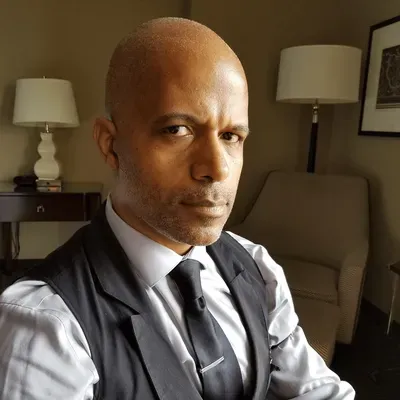Amazon CTO Talks Cloud, Creative Architecture, and CostAmazon CTO Talks Cloud, Creative Architecture, and Cost
Drawing on ghosts of hardware past, Werner Vogels delivered a keynote at re:Invent about moving fast in the cloud with consideration for cost.

In a keynote presented in-person and streamed from at last week’s AWS re:Invent conference, Amazon Vice President and CTO Werner Vogels wanted to talk about cost-aware architecture.
He noted that for some of the attendees in the audience, their careers began in a world where the cloud is widely available; and they might never have to work without access to such resources. “The great thing about sort of moving out of that whole hardware environ and into the cloud was that we suddenly could build these architectures that we always wanted to build,” Vogels said. “We no longer were constrained by the physicality of all those servers.”
Reflecting on the past, he said such hardware constraints might have catalyzed certain kinds of creativity to operate under such conditions, but new innovation is possible now without such limits. “If I think back about being in the pre-cloud days of Amazon, the retailer, I was really good at predicting sort of how much capacity we needed,” Vogels said. “We could make the decision to make sure we had 15% hardware over the expected peak for that year, but still nothing would happen to us. Nothing unexpected.”
At least, until something unexpected did occur. “In the days that [Nintendo] Wiis and [Sony] PS4s were very scarce, someone posted a message somewhere saying, tomorrow Amazon will have a thousand Wiis for sale at 11:00 in the morning,” he said. “Well, you know what happens at five minutes to 11? F5, F5, F5 -- assuming you’re a Windows user.”
That key command let consumers repeatedly refresh the website again, and again, and again as they attempted to score the then-hard to find video game consoles.
Vogels said Amazon worked its way around the influx of traffic, finding creative ways to ensure all customers could be served in the midst of an online stampede. “It required a lot of work and a lot of handholding,” he said. “But more importantly, there were also restrictions on business innovation because of that.” This could be particularly tricky in the lead up to Black Friday, he said, as teams proposed innovations that might boost revenue and profits during the holiday frenzy.
“There was sort of an art in sort of building these systems and living within the constraints that you had,” Vogels said. “And now cloud of course, removed all of those constraints. Now suddenly, you could do all these things. I didn’t have to have long conversations with the business about sort of reducing their footprint. You could do everything.”
Newfound freedom can lead to different kinds of concerns as technology is exploited.
About the Author
You May Also Like









